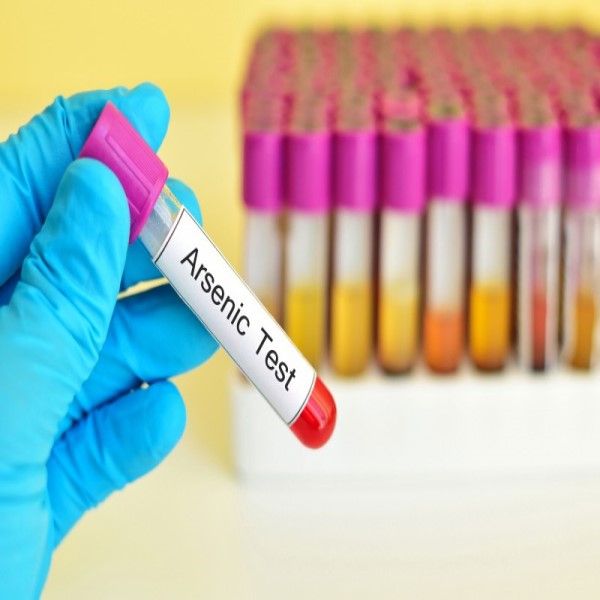
Arsenic in Water

A naturally occurring mineral element, arsenic is primarily found in conjunction with sulfur and heavy metals.
Frequently used for strengthening lead and copper, it is often used as a component in car batteries and electronics. Arsenic can also be found in treated wood products, herbicides, and insecticides. While arsenic can accumulate in water through erosion, it is more commonly the result of industrial or agricultural runoff.Effects of arsenic in water
One of the more dangerous water contaminants, arsenic can be toxic even in small levels over the long term. According to the EPA, prolonged arsenic exposure has been known to cause or increase certain types of cancer, nervous system damage, skin conditions, and other health concerns.Signs and symptoms of arsenic-contaminated water
Arsenic in water can be hard to detect because it is both odorless and tasteless. However, there are still a few factors that can help you determine if your water might be at risk for contamination:- If you rely on a private well as your water source.
- If you live in the Southwest, parts of India(all areas known to have higher concentrations of naturally occurring arsenic).
- If you live near a large agricultural or industrial area.
Historically, the EPA has identified a large amount of unreported, undocumented cases of arsenic in water across the India. As a result, federal law now requires that utilities report on all contaminants present in drinking water supplies. If you have any questions about your water quality, you can call your utility or schedule a free basic water test from your local WaterSparks Water Expert.
Treating water with arsenic
The most effective way to treat arsenic-contaminated water is through a series of filters, so that any accompanying contaminants, like fluoride or TDS, can be effectively removed along with the arsenic. WaterSparks offers a variety of products with layers of media filtration specifically designed to treat and reduce arsenic in water.
- WaterSparks whole-house Arsenic Reduction Water Filter – Our chemical-free, point-of-entry filter, third-party certified for arsenic reduction.
- WaterSparks Aqua-Cleer® Advanced Drinking Water Systems – Our point-of-use solutions, available with arsenic-specialty cartridges, so you can reduce arsenic directly from the faucet.
